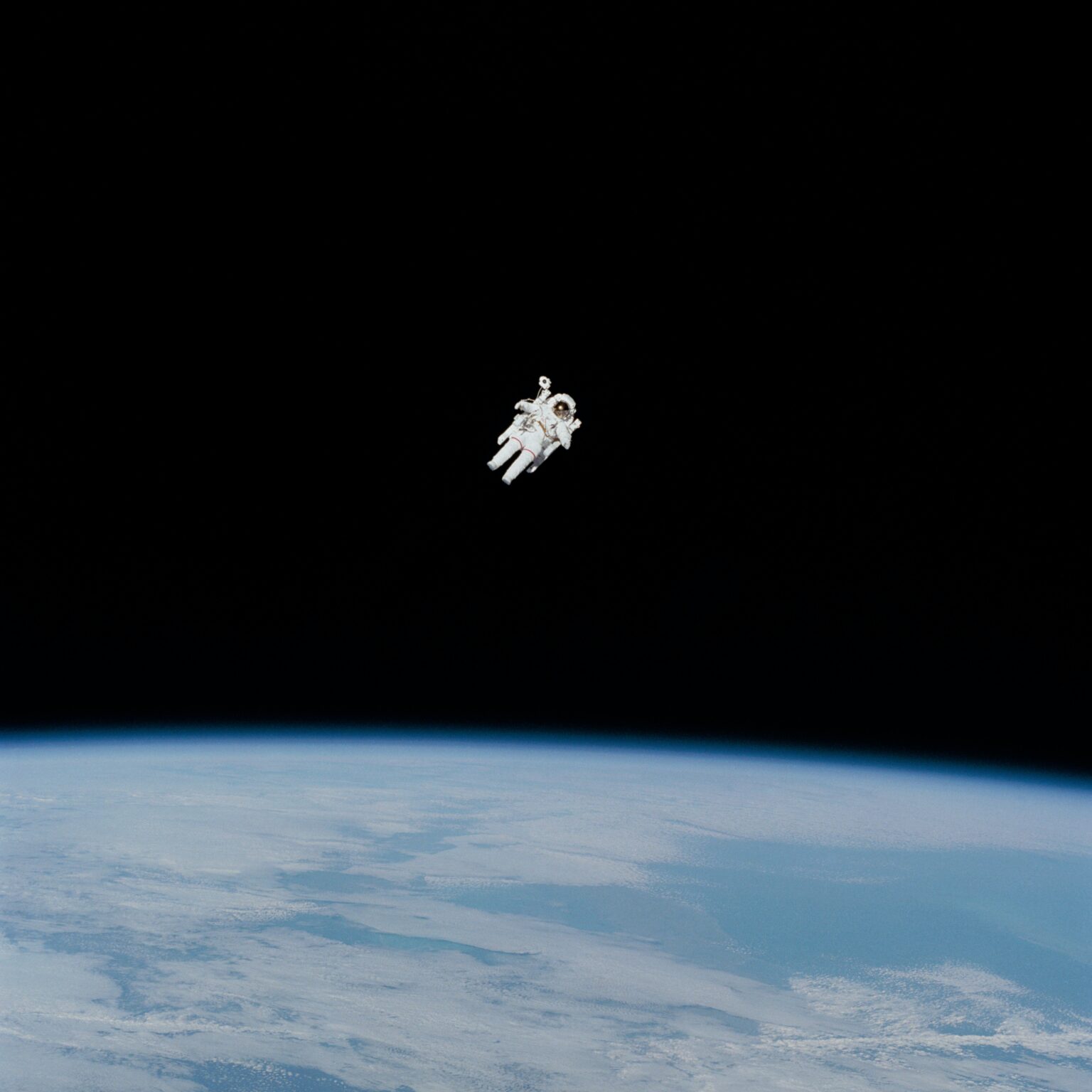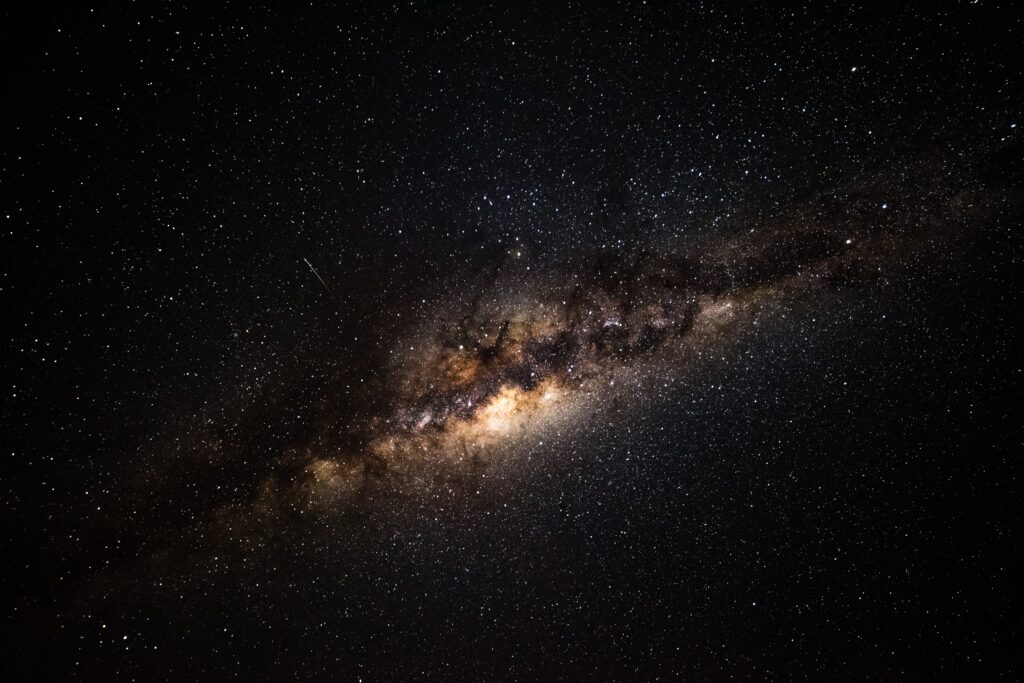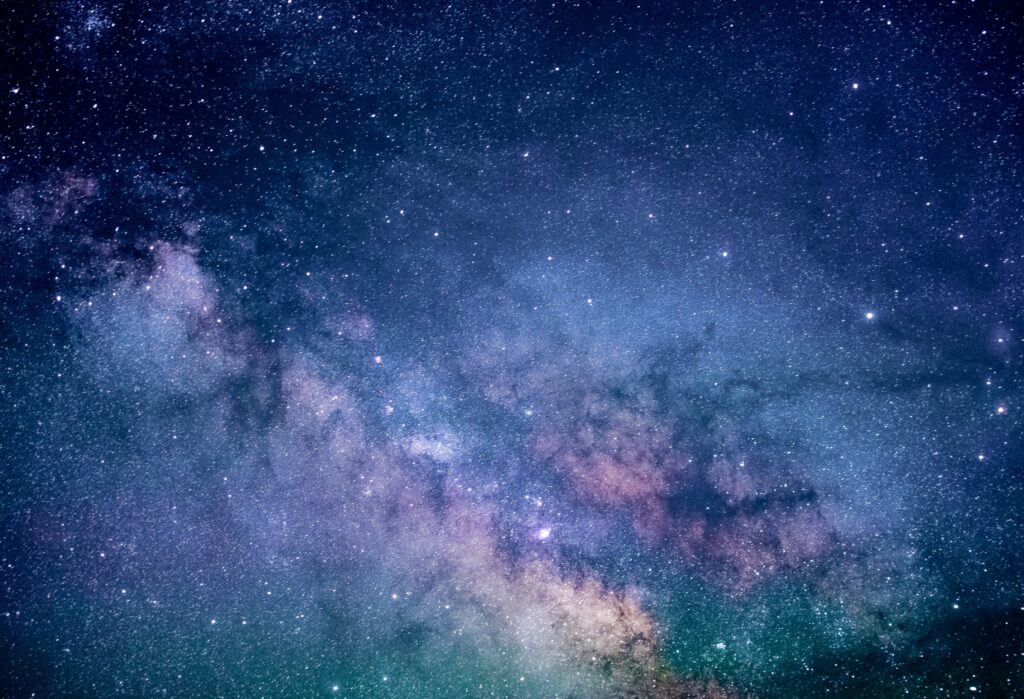Beyond the Stars: Unveiling the Cosmic Symphony of Space and the Environment

Introduction
You are invited to a fascinating journey that delves into the complex connection between the universe and nature. In this captivating journey, we delve into the profound effects of space activities on our planet and vice versa. As students hungry for knowledge, we embark on a quest to understand the importance of responsible practices in navigating the cosmic realm and safeguarding our home, Earth. For those looking to further explore this topic and articulate their insights into a compelling narrative, the MBA Essay Writing Service at essaynerds.com offers specialized assistance. Whether it’s crafting essays on the ethical implications of space exploration or analyzing the environmental impacts of such activities, this service ensures your academic work resonates with clarity and depth, reflective of the intricate relationship between space and Earth.
Importance of Understanding the Effects of Space on the Environment
In this age of swift technological progress and explorations in space, it is crucial for students such as yourself to comprehend the profound effects that space activities could have on our fragile ecosystem. By comprehending these effects and embracing sustainable solutions, we can ensure the preservation of Earth’s ecosystems and utilize space resources responsibly for the benefit of future generations.
Space Debris and Orbital Pollution
Beyond the mesmerizing beauty of the cosmos, space harbors a hidden danger known as space debris. This debris consists of defunct satellites, spent rocket stages, and fragments from previous missions, posing a significant threat to operational satellites and human space missions. The accumulation of space debris increases the risk of collisions, potentially hindering our exploration efforts.
Moreover, if pieces of debris from space fall back to Earth, they could harm the environment and put people living in the areas at risk. To tackle this issue, scientists, engineers, and international organizations are collaborating to develop responsible satellite designs, implement debris tracking systems, and pioneer active removal technologies. By taking proactive measures to mitigate orbital pollution, we strive for a sustainable and clutter-free space environment.
Atmospheric Reentry and Spacecraft Disposal
As spacecraft return to Earth, they face the challenging process of atmospheric reentry. The dangerous substances present in the atmosphere might cause harm to human beings and the environment due to the high temperatures and pressure faced during the reentry process. To safeguard the environment, international regulations and guidelines govern the disposal of spacecraft, emphasizing controlled reentry into designated areas and the use of non-toxic propellants.
Developments like reusable spacecrafts not just decrease the amount of garbage and contamination, but also make it possible to sustainably explore the vast expanse of space. By prioritizing environmentally responsible practices in spacecraft design and disposal, we can minimize the ecological footprint of our cosmic endeavors.
Space Weather and Earth’s Magnetosphere
Space weather refers to the conditions of space that are influenced by solar activities such as coronal mass ejections, solar flares and geomagnetic storms. These events can directly impact Earth’s magnetosphere, leading to disturbances in communication systems, power grids, and other modern technologies reliant on satellite connections.
Intensified solar flares and eruptions from the sun can result in heightened auroras, magnetic disruptions, and alterations in the chemical composition of the atmosphere. Understanding the effects of space weather is crucial for safeguarding technological infrastructure, including satellite operations and power distribution networks. Scientists and engineers are actively working to improve forecasting capabilities and develop robust systems that can withstand the effects of space weather events, ensuring the resilience of our technological advancements in the face of cosmic challenges.
Satellite Communication and Radiofrequency Pollution
Satellite communication systems play a pivotal role in connecting the world, facilitating essential services such as telecommunications, broadcasting, and navigation. However, the widespread use of these systems raises concerns about radiofrequency pollution. This pollution, caused by the proliferation of satellite and wireless communication technologies, can interfere with scientific observations and disrupt natural electromagnetic processes on Earth.
To strike a balance between communication needs and environmental preservation, responsible practices are crucial. Efforts are underway to develop efficient satellite communication systems that minimize radiofrequency interference and mitigate the ecological impact. By incorporating sustainable practices and utilizing frequency bands responsibly, we can protect the environment, ensure the progress of scientific endeavors, and maintain harmony between technological connectivity and ecological balance.
Astronomical Observations and Light Pollution
Looking up at the dark expanse above, we are spellbound by the marvels of the cosmos. However, excessive artificial lighting from space-based sources, urban areas, and improper outdoor illumination leads to light pollution, obstructing our view of the cosmic tapestry. Light pollution not only hampers astronomical observations but also disrupts natural ecosystems and affects wildlife.
To preserve the beauty of our night skies and foster scientific exploration, responsible lighting practices are paramount. Collaboration between astronomers, policymakers, and lighting engineers is essential in promoting dark sky preservation and implementing technologies that minimize light spillage. By reducing light pollution, we can create sanctuaries of darkness where both human curiosity and ecological balance thrive.
Space Exploration and Planetary Protection
As humans venture into space and encounter new celestial bodies, we must be mindful of planetary protection. Planetary protection aims to preserve the integrity of extraterrestrial environments and protect potential signs of life. Stringent protocols and sterilization procedures are followed to ensure that spacecraft and landers do not introduce microbial life or other contaminants to celestial bodies.
These measures not only safeguard the scientific value of future missions but also reduce the risk of compromising potential extraterrestrial life forms. Responsible space exploration involves conducting thorough scientific investigations, adhering to ethical guidelines, and respecting the uniqueness and fragility of other worlds. By prioritizing sustainability and preserving extraterrestrial environments, we can unlock valuable knowledge about our universe while maintaining our role as responsible stewards of the cosmos.
Conclusion
Dear students, as we conclude this enlightening journey through the cosmic symphony of space and the environment, remember that you hold the power to shape a future where exploration and preservation go hand in hand. By embracing responsible practices, nurturing a thirst for knowledge, and collaborating with scientists and engineers, you can make a profound impact on our cosmic journey.
As we navigate the vastness of space, let us prioritize sustainability, adhere to regulations, and ensure that our cosmic endeavors harmonize with the delicate balance of our planet. Together, we can forge a path to a sustainable and prosperous future where both space and the environment thrive in harmony, revealing the wonders of the universe while preserving the precious gift of Earth.
Learn more about EYES ON THE SKY

